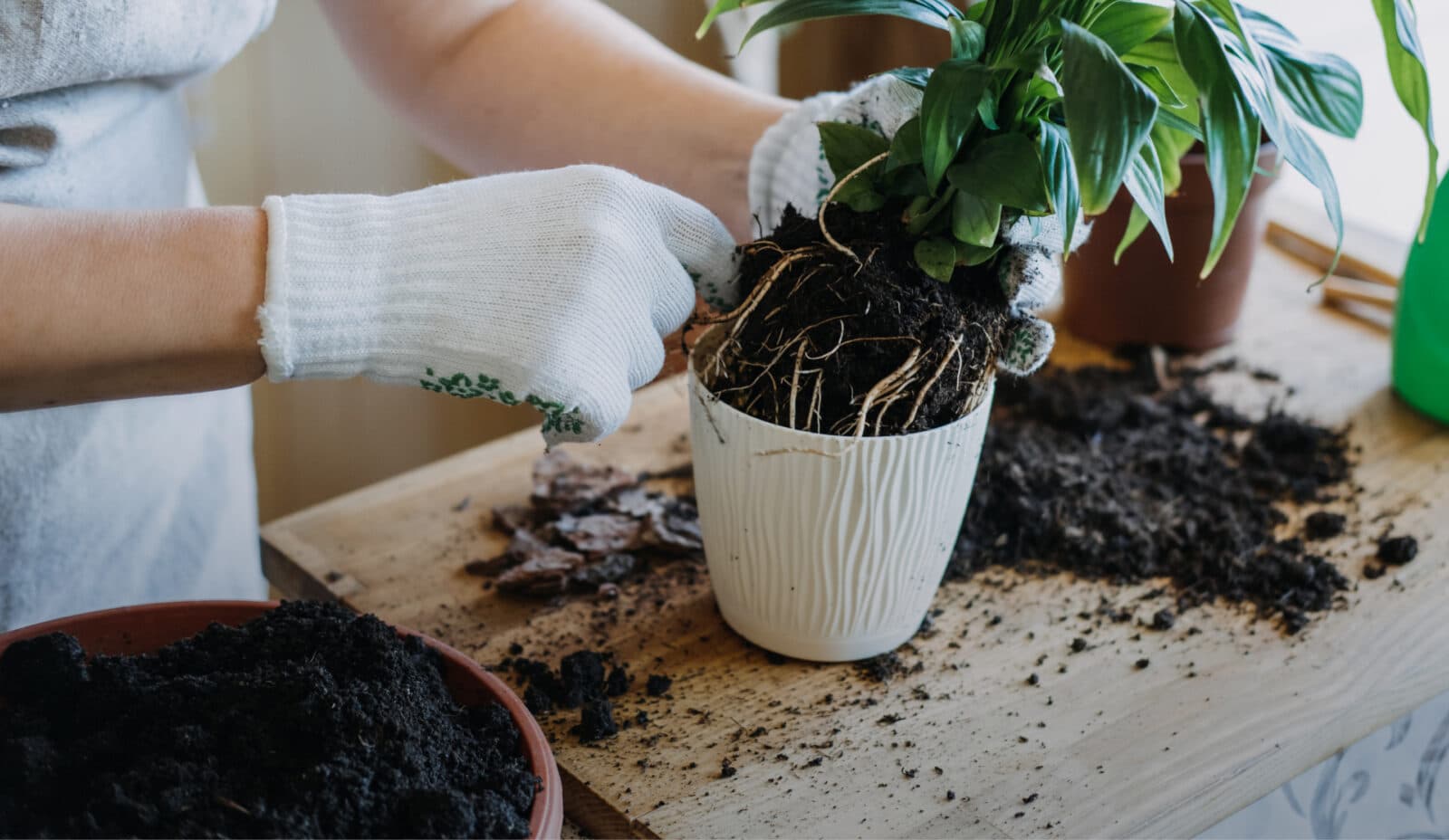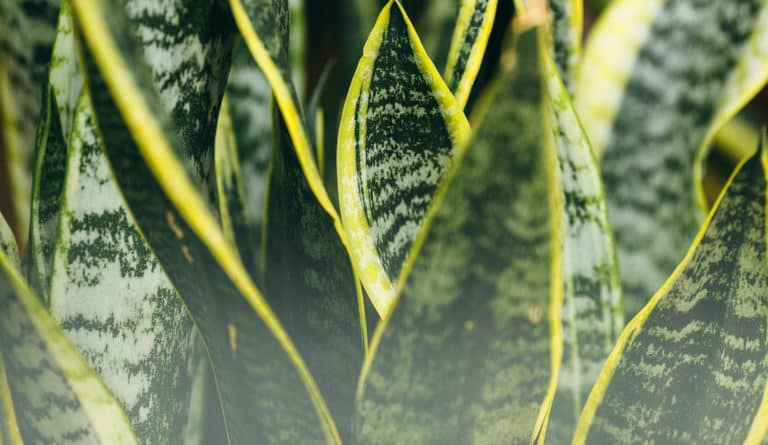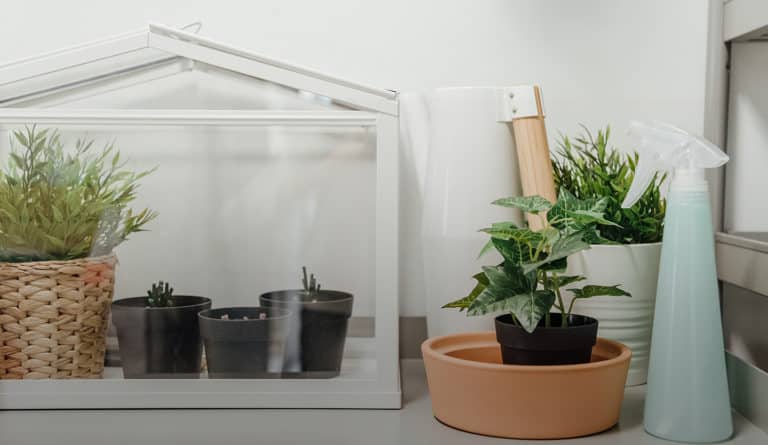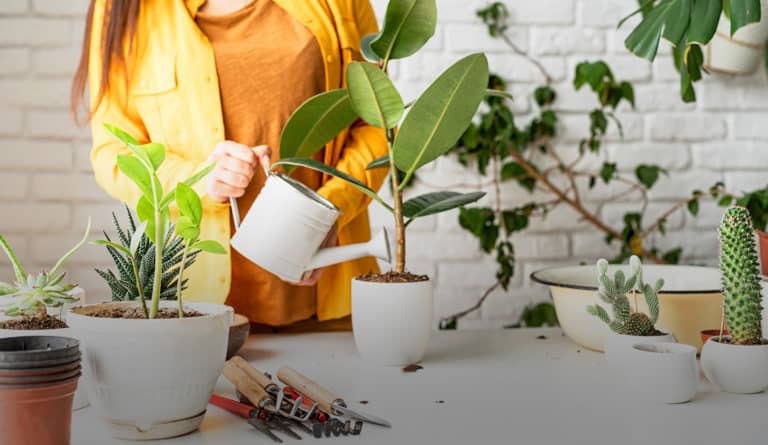If so, it’s a clear sign that they have no more room to grow in their current planter, and need a larger one, ASAP.
should you repot your plant? this checklist will give you the answer
Recently, we asked our Instagram community what their biggest questions were when it comes to repotting.
The response we saw, again and again: “When is the right time to repot my plant?”
We understand the confusion. Knowing when a plant needs to be repotted isn’t the same as knowing when you should get a bigger pair of jeans. There’s more nuance and complexity to the decision.
Which is why we put together a handy-dandy checklist to help you figure out if your plant needs a bigger pot, or not.
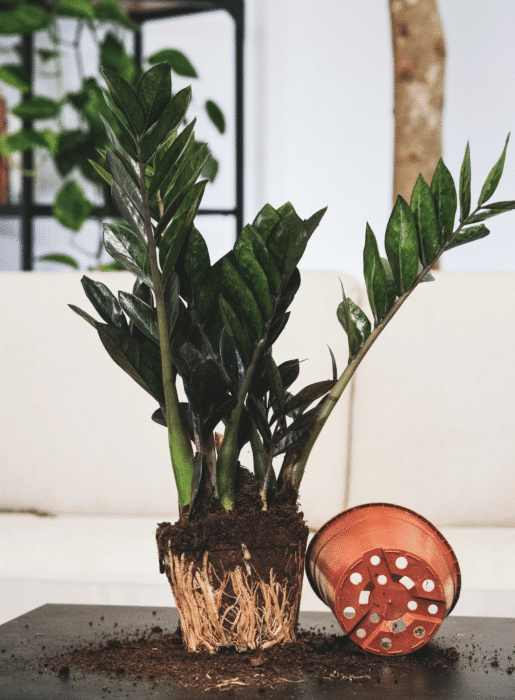
2. Are you seeing plant roots on the surface of your soil?
When they’ve run out of space, roots can begin to grow upward in search of more soil and nutrients. This can push the plant up, and make it look like it’s almost coming out of its pot.
3. Is your plant growing slower than usual?
Yes, winter dormancy is a thing. But if you’re noticing a significant lack of growth, this could be a sign that your plants simply don’t have enough space to continue thriving.
4. Is your plant slumping over?
Once your plant has grown larger than its own pot, it’s likely to start tipping over. Which is when you know you need a bigger, wider pot to help it maintain stability as it grows.
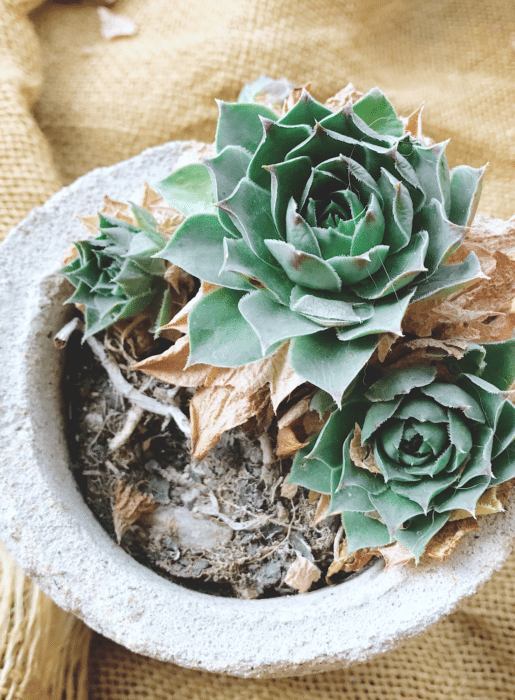
5. Does your potting mix dry faster than usual?
Growing plants have a need for extra nutrients and water. So if you’re noticing their soil getting dry faster, that means it’s time to transition to a pot that will facilitate your plant’s steady growth.
6. is your plant more than 3X the size of its current planter?
Ideally, your pot should be half the size of your plant. If your plant becomes triple its size or more, it needs extra space – or else its growth will be inhibited.
7. is there a weird white residue on your pot or plant leaves?
That’s salt and mineral buildup – which is a clear indication that your plant needs more nutrients, and potentially a bigger pot with fresh soil.
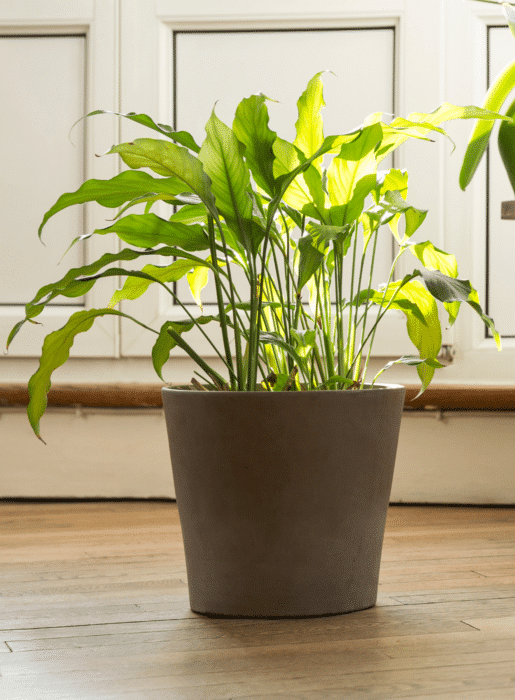
8.has it been over a year since you last repotted your plant?
Rule of thumb: repot your plant at least once every year! It’ll spur new growth, and keep your plant healthy and happy.
to drain or not to drain
It is recommended selecting planters and pots with drainage, especially if you are new to watering plants. It’s totally possible to make planters without drainage work with a little finesse! A good tip to remember is to pour no more than 1/3 of the container’s size in water. Lining the bottom of a planter with lava rocks or similar to create crevices for excess water to drain into is a great way to avoid root rot.
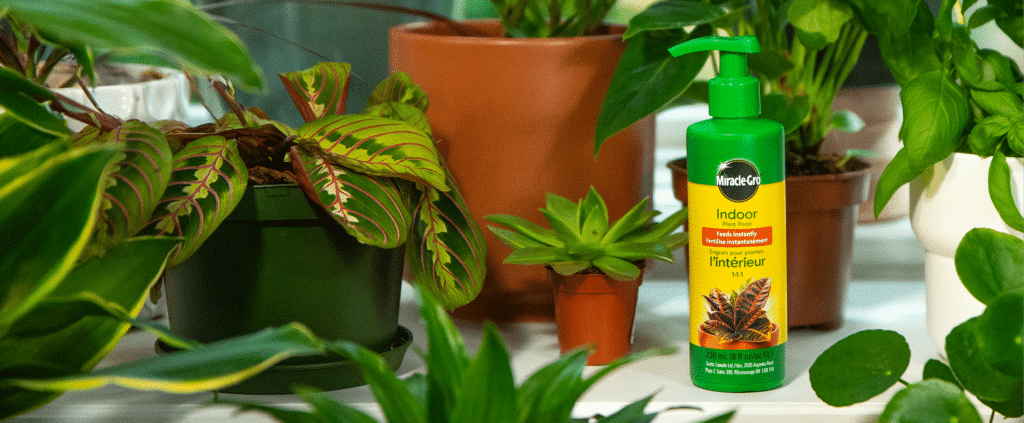
what you’ll need
- Your plant (obviously!)
- Your new planter
- Miracle-Gro® Indoor Potting Mix
- Miracle-Gro® Indoor Plant Food
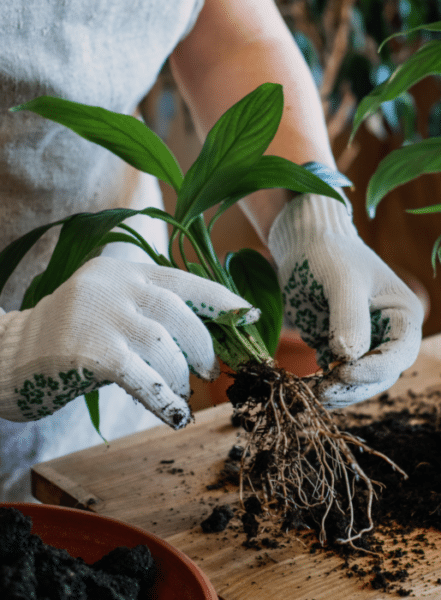
step 1: remove your plant from its current planter
Turn your plant sideways, hold it gently by its stems, and tap the bottom of its pot until the plant slides out.
step 2: prep your plant
Loosen your plant’s roots by massaging it gently with your fingers.
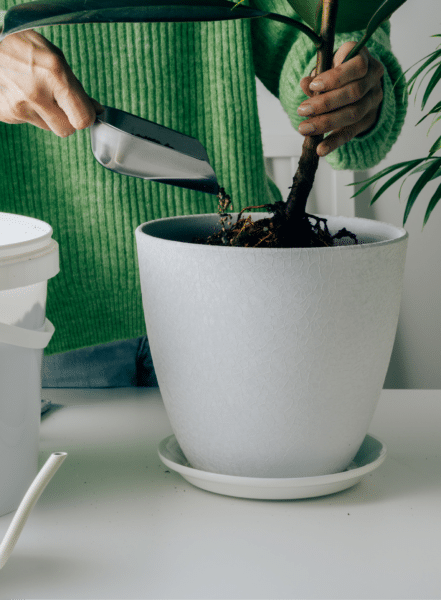
step 3: add your potting mix
Scoop in a nutrient-rich, well-draining potting mix into your new plant pot, until it fills a third of the pot. We recommend Miracle-Gro® Indoor Potting Mix – it feeds your plant for up to 6 months!
step 4: add your plant
Place your plant into the new pot, filling it in with more potting mix. Look at that – you’re only one step away from being done!
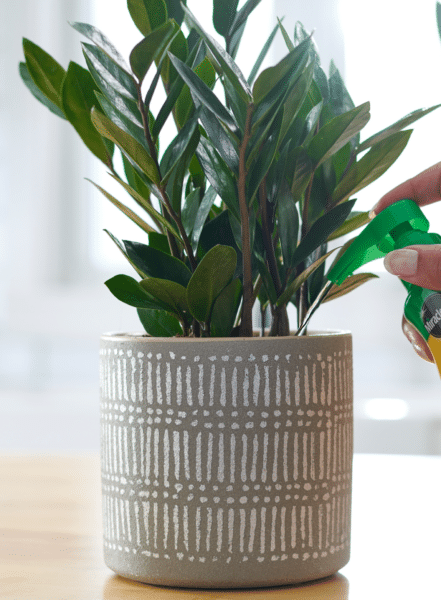
step 5: feed your plant
Give your plant a good watering, and add some Miracle-Gro® Indoor Plant Food for an extra nutrient boost.
Want more info where that came from?
To learn more about which material and size of planter you should be getting for your plant’s repotting, read this article!
